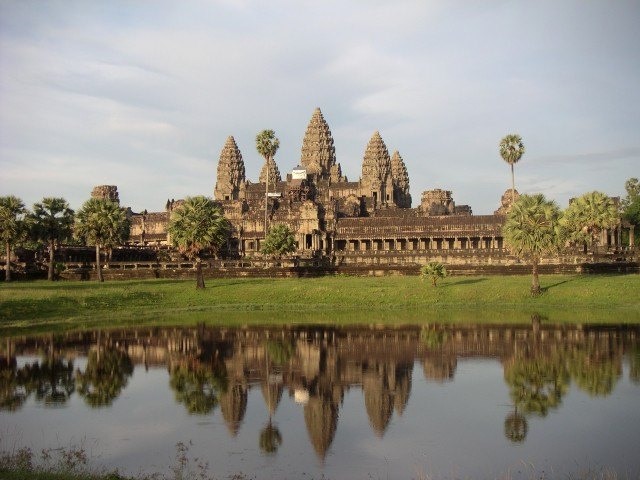A Brief Glance At The History Of Mauritius And The Facilities Offered To Tourists
The island of Mauritius finds itself as one of the most accessible islands in the Indian Ocean. Situated amid Reunion island and Rodrigues island, the island of Mauritius has gained the reputation, through the course of time of that of the ‘key and star’ of the Indian Ocean. Three major factors found in the island of Mauritius serve as attraction for many tourists. These are the sea, sun and sand.
Many tourists visit Mauritius during the summer. Tourists come to Mauritius from England, France, Germany, Italy, Spain, etc. to benefit from the enjoyable, hot and sunny climate of the summer. Five star hotels such as Le Saint Gerant and Indian Resort among others offer a remarkable welcome and service to these tourists. Tour operators in Mauritius such as the White Sand Tours and Summertimes deliver an unmistakable hassle free journey to tourists from the Airport to their respective hotels.
Once in Mauritius, tourists have a broad range of activities within their reach. Water sports such as swimming, surfing, beach combing, deep sea fishing and diving are all available for tourists to enjoy their stay in Mauritius. Other water activities such as undersea walk and submarine ventures also exist. These provide tourists visiting Mauritius with an immense opportunity to discover the wonderful undersea world of Mauritius. With around 140 km of white sand beaches in Mauritius, most tourists enjoy their stay better than ever in the island.
Let’s now have a brief look at the history of Mauritius.
French immigrants came to Mauritius in the year 1715. They came after the Dutch had made a brief settlement. The French then named Mauritius as ile de france. Afterwards they made the first road and harbour infrastructure. Gradually, the French also established the sugar industry under Governor Mahe de Labourdonnais. Then, slaves were brought from Madagascar and Africa to work in these sugarcane fields. Furthermore, in the year 1810, the British captured the island and by the year 1814 were given full rights on Mauritius by the Treaty of Paris.
Afterwards, Indian immigrants arrived in Mauritius and the abolition of slavery followed in the year 1835. Mauritius then started to progress as more extensive sugar cane plantation were developed. More events succeeded as the economic instability of the price of sugar raised a lot of questions. It is important to remember that sugar cane had been the main crop throughout the first half of the 20th century. Therefore, political, administrative and economic reforms were created in Mauritius. As a matter of fact, Mauritius gained independence on the 12th of March 1968. Sir Seewoosagar Ramgoolam became the first Prime Minister of Mauritius and was called ‘father of the nation’.
Moreover, the tropical island of Mauritius was often exposed to cyclones. The first most powerful cyclone that struck the island was Claudette in the year 1979. Most sugar cane fields were destroyed. In the year 1980, sugar prices fell and the government had no alternative than to step up for agricultural diversification. Emphasis was also put on the import and export market. Then in the year 1992, the relationship with Mauritius and Britain was formally terminated as Mauritius became a republic within the Commonwealth.




